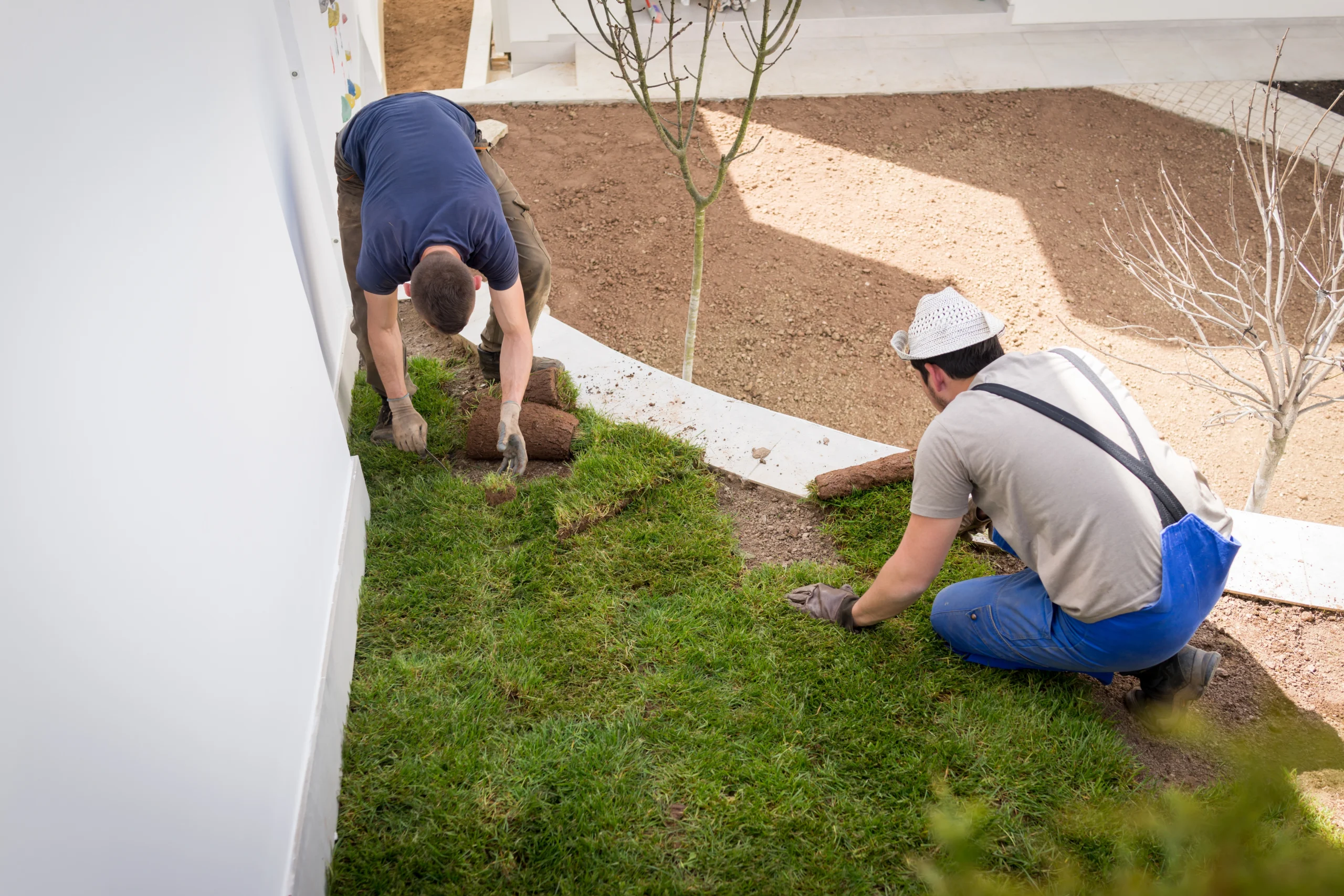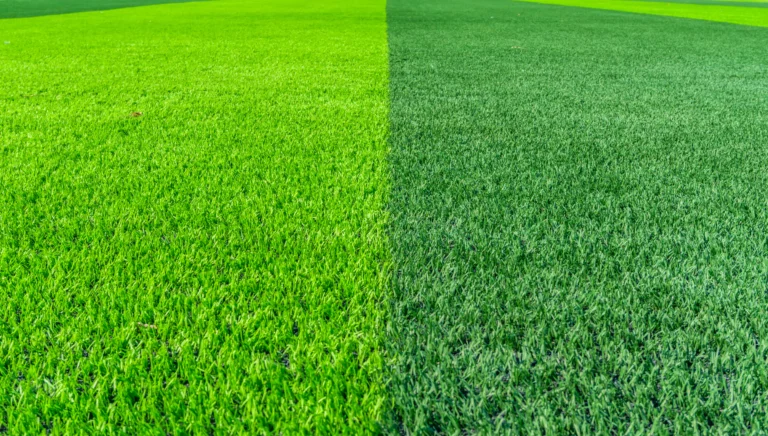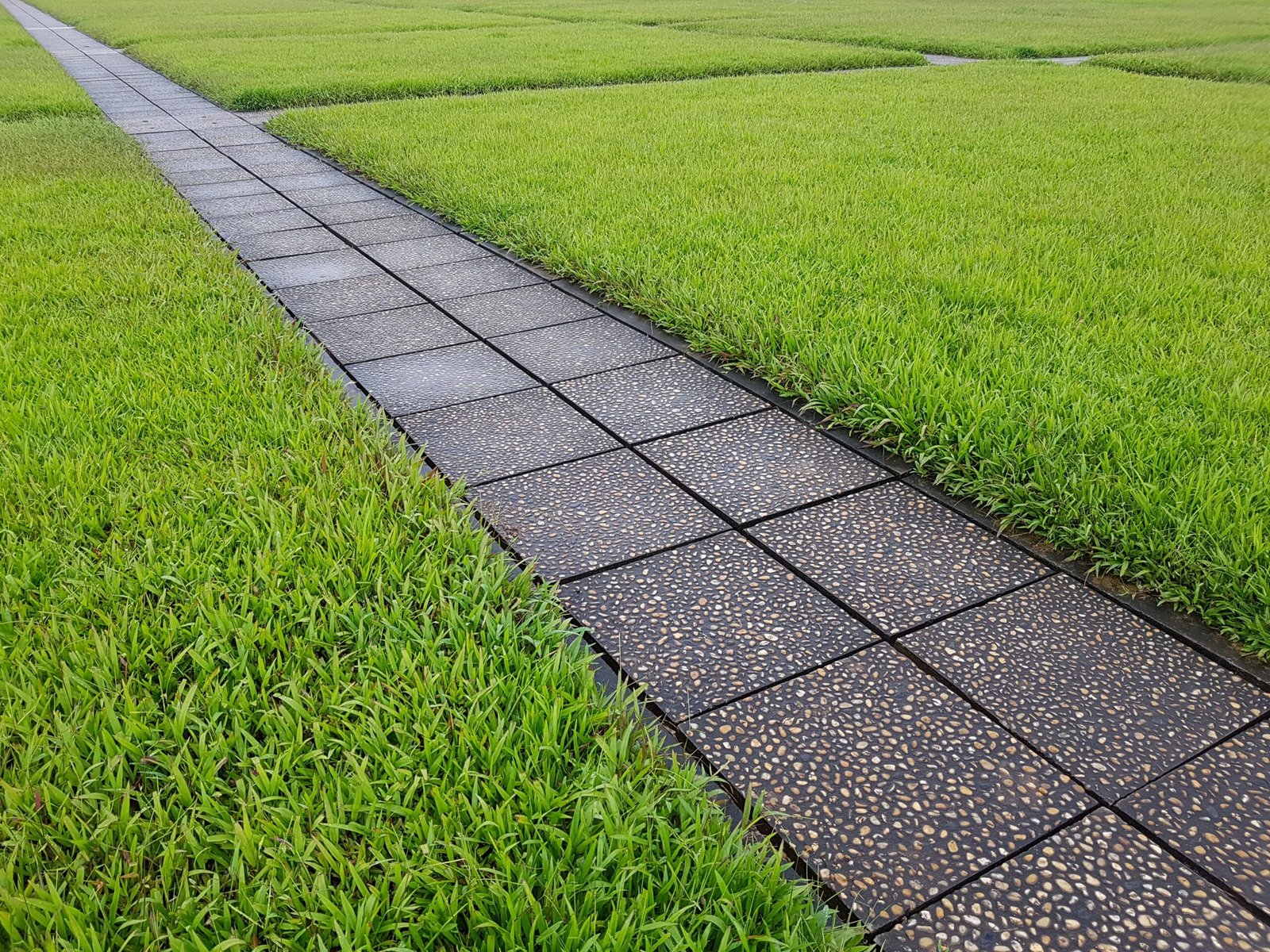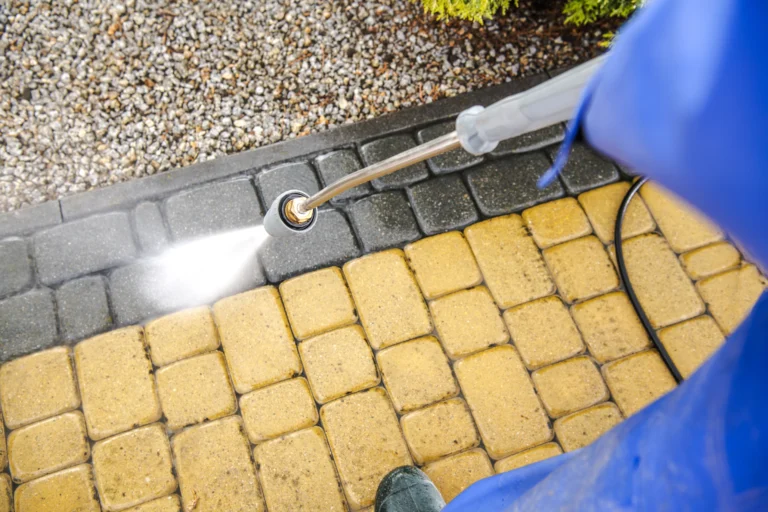How to Lay Fake Grass: A Comprehensive Guide for Beginners

Artificial grass, also known as synthetic turf or fake grass, has become increasingly popular among homeowners. The desire for a low-maintenance, aesthetically pleasing alternative to natural grass has driven many to explore this versatile option. With its realistic appearance and feel, artificial turf offers numerous advantages, such as reduced maintenance expenses and an evergreen, lush surface that can withstand various weather conditions.
When it comes to installing artificial grass, proper preparation and execution are crucial in achieving the best possible results. From choosing the right type of synthetic grass to ensuring a smooth, even surface, homeowners must be aware of the vital steps involved in the process. Whether you’re a DIY enthusiast or prefer to hire a professional, understanding the basics of artificial grass installation can save both time and money.
In this article, we will explore the essential steps in laying artificial turf, from the initial ground preparation to the finishing touches. It’s essential to follow these guidelines to ensure your fake grass looks and performs as expected, providing you with a beautiful and functional outdoor space for years to come.
Preparation and Installation
Site Clearance and Base Preparation
Before laying the artificial grass, remove any existing old grass, soil, and debris using a turf cutter or shovel. Excavate the area to a depth of approximately 3 to 4 inches, allowing room for the base material. You should choose a drainage-friendly base material, such as decomposed granite, gravel, or sand. Compact the base material layer using a tamper, plate compactor, or hand tamp to ensure proper drainage and to avoid any future settling.
Laying the Artificial Grass
Now, roll out the synthetic turf over the prepared base. Be sure to align it properly, and if needed, cut it into the desired shape using a sharp knife or utility knife. To create seamless connections between grass rolls, carefully overlap their edges before trimming.
Securing and Finishing Touches
To secure the grass, use landscape staples or stakes every few inches along the perimeter, focusing on seams and high-traffic areas. For a clean finish, consider adding edging or a concrete border around your lawn.
| Tools and Materials | Description |
|---|---|
| Turf Cutter | Removes existing grass and soil |
| Tape Measure | Measures the area |
| Sharp Knife | Cuts artificial grass to size |
| Landscape Staples | Secures grass to the base |
| Edging | Creates a clean finish |
Infill and Final Adjustments
Infill, such as rubber, silica sand, or crumb rubber, should be evenly spread using a drop spreader. This will provide stability and keep the grass blades upright. Brush the infill into the grass using a stiff broom or power broom.
Synthetic Grass Tips for Specific Uses
- Pets: Choose a pet-friendly, eco-friendly infill for pet areas.
- Balcony/Patio: Opt for shorter pile heights and pay attention to drainage.
- Walkway/Slope: Ensure proper securing and select a more durable grass type.
Aftercare and Maintenance
Artificial grass requires minimal maintenance. To keep it looking fresh, remove debris as needed and periodically brush the grass with a non-abrasive brush. For best results, consider an eco-friendly cleaning solution.
Troubleshooting Common Issues
- Weeds: Installing a weed barrier can prevent weed growth.
- Gophers: Deter gophers by using a wire mesh during installation.
- Drainage Issues: Ensure proper base compaction and address any slope issues.
- Seam Repair: If seams become visible over time, resecure them with landscape staples or adhesives.
- Flattened Blades: Use a power broom or stiff brush to restore flattened grass blades.
Hiring a Professional Installer
While artificial grass installation can be a DIY project, for more complex installations or for those who prefer a professional touch, hiring a contractor or specialist may be the best option. This ensures proper base preparation, drainage, and a seamless result.
Benefits and Considerations
Advantages of Choosing Artificial Turf
Artificial turf offers numerous benefits compared to natural grass:
- Low-maintenance option: No need for mowing, watering, or fertilizing, making it an excellent choice for busy homeowners.
- Longevity: Artificial grass boasts a lifespan of up to 15-20 years, ultimately saving time and money spent on lawn care.
- Eco-friendly: It conserves water and eliminates the need for harmful pesticides and fertilizers.
- Safety: Artificial turf provides a safe surface for pets and children, thanks to its non-toxic materials.
Environmental and Safety Concerns
While artificial turf is eco-friendly in many ways, it is essential to consider its environmental impact:
- Materials: Choose non-toxic materials like polyethylene, polypropylene, and nylon for a safer installation.
- Weather-resistant: Ensure that the artificial turf is weather-resistant and offers UV resistance to prevent degradation.
Factors Affecting the Selection of Artificial Grass
Selecting the right artificial grass depends on several factors:
- Pile height: Varying pile heights offer different levels of softness and durability.
- Texture: Finding a texture that mimics natural grass is essential for aesthetics and comfort.
- Durability: Assess the artificial turf’s durability based on its materials, such as nylon, polypropylene, or polyethylene.
Cost and Lifetime Expectancy
Though artificial grass requires an initial investment, it can save homeowners money in the long run:
- Longevity: With proper maintenance, artificial turf can last for up to 20 years.
- Maintenance costs: Minimal costs are associated with maintaining an artificial lawn compared to natural grass.
Aesthetic and Landscape Design
Artificial grass provides versatility in landscaping design:
- Aesthetic appeal: The natural appearance of artificial turf seamlessly matches existing lawns and yard designs.
- Landscape staples: Landscape staples can be used to secure artificial grass in place, enhancing its overall look.
Addressing Common Misconceptions
When considering artificial turf, it is essential to dispel common myths:
- Natural appearance: High-quality artificial grass mimics the look of natural grass and can create a cohesive landscape design.
- Weather resistance: Artificial turf is designed to withstand various weather conditions and usage limitations.
Remember to assess the benefits, considerations, and specific requirements of your space when choosing artificial grass.






